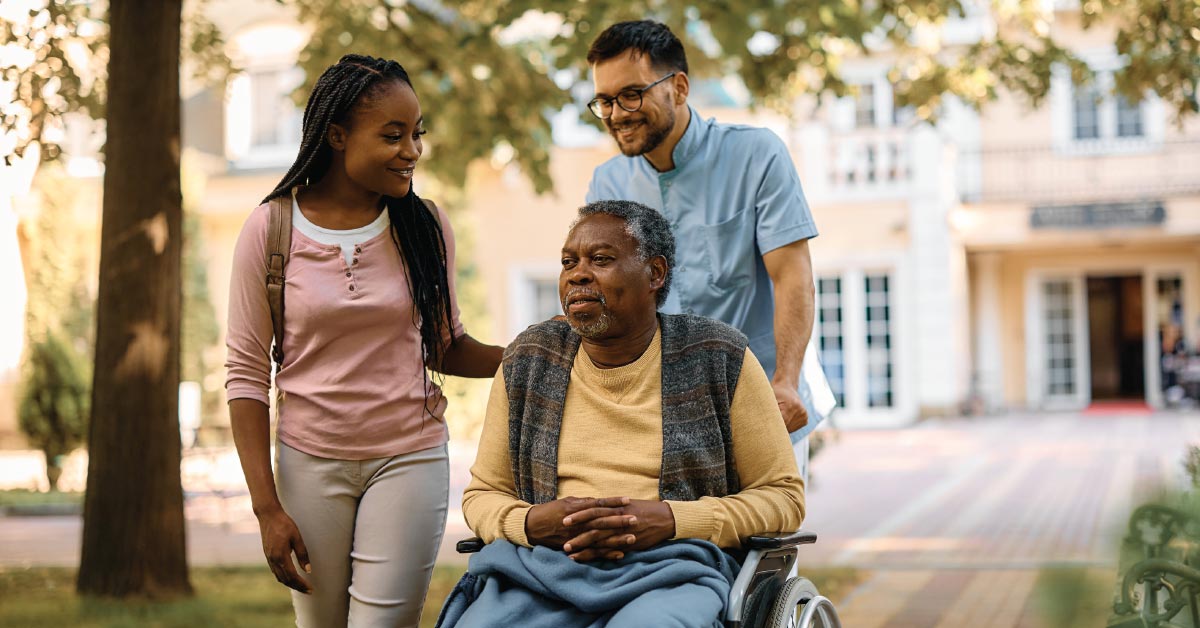Infertility is on the rise, and so are snow babies—children born from the process of embryo donation, a relatively new form of family building thought of as the earliest possible stage of adoption.
According to the National Fertility Support Center (NFSC), one in eight couples will be diagnosed with infertility. Yet NFSC CEO Debra Peters is quick to qualify that the statistics don't share the entire story. Many losses hide within the blanket of infertility, including the experience of pregnancy and birth.
"When people are diagnosed with infertility, many times the first mode of treatment is medical intervention," Peters said. If medical intervention fails, or if a couple does not wish to pursue medical treatment, couples often look to adoption.
The adoption outlook does not pose promising data. NFSC reports that at any given time, there are more than 1 million couples awaiting the opportunity to adopt a baby—and less than 18,000 infants available for adoption each year. That number has steeply declined every year since 1973.
Enter embryo donation.
A relatively new form of family building, embryo donation is often more accessible and affordable for couples than adoption. More than 3,000 children have been born through embryo donation, yet Peters notes few couples are aware of the option and fewer still have a clear understanding of the process.
What exactly is embryo donation?
When couples seek medical intervention, they often go through the process of in-vitro fertilization (IVF)—a process by which a woman's body is stimulated to make as many eggs as possible in a given cycle. Those eggs are removed surgically from her body and introduced to her partner's sperm in a lab setting for fertilization. The embryos that form are then transferred back into the uterus.
Because there are often too many embryos to place safely back into the uterus, the remaining embryos are cryopreserved—or frozen—and stored for later use.
"What happens a lot of time, is that couples are blessed to give birth following IVF and they find themselves, at some point in time, parenting as many children as they feel called and capable to parent," Peters said. "And then they face an unexpected dilemma: What do we do with these embryos that we will no longer use to continue building our family?"
The embryos can be thawed and discarded, or donated to science. In both cases, Peters notes, the life of the embryo will not continue.
"Now," she said, "an option exists where [couples] can donate their unused embryos to another couple or individual who's been struggling to have a family."
According to Peters, embryos can remain frozen "almost indefinitely." Last year, a couple from Tennessee gave birth to a snow baby who had been frozen as an embryo for 24 years—the longest known frozen human embryo to result in a successful birth.
"It's sometimes thought of as adoption that starts at the earliest moment in time an adoption can happen," Peters said. While the couple receiving the embryo will be giving birth to a child that is not genetically related to them, they raise the child as their own.
Like traditional adoption, both the couples donating the embryo and the couples receiving the embryos have options in the selection process and involvement after the birth.
Unlike traditional adoption, couples have the opportunity to experience pregnancy and birth. They also have the ability to protect the baby, to nurture and care for him or her, in utero. To decide what food the woman eats while pregnant. How much exercise she engages in. Whether the baby is exposed to alcohol or smoking.
Embryo donation is approximately one-third the cost of traditional adoption, and more available. NFSC reports that 1.3 million embryos in the United States are currently frozen in storage and about 40 percent of embryo transfers result in birth, including through couples who haven't been able to have a child through IVF.
"Right now, there are more embryos available for placement than there are receiving families," Peters said. "It can be a beautiful way for them to build their family."
Written by Cassie Westrate, staff writer for West Michigan Woman




